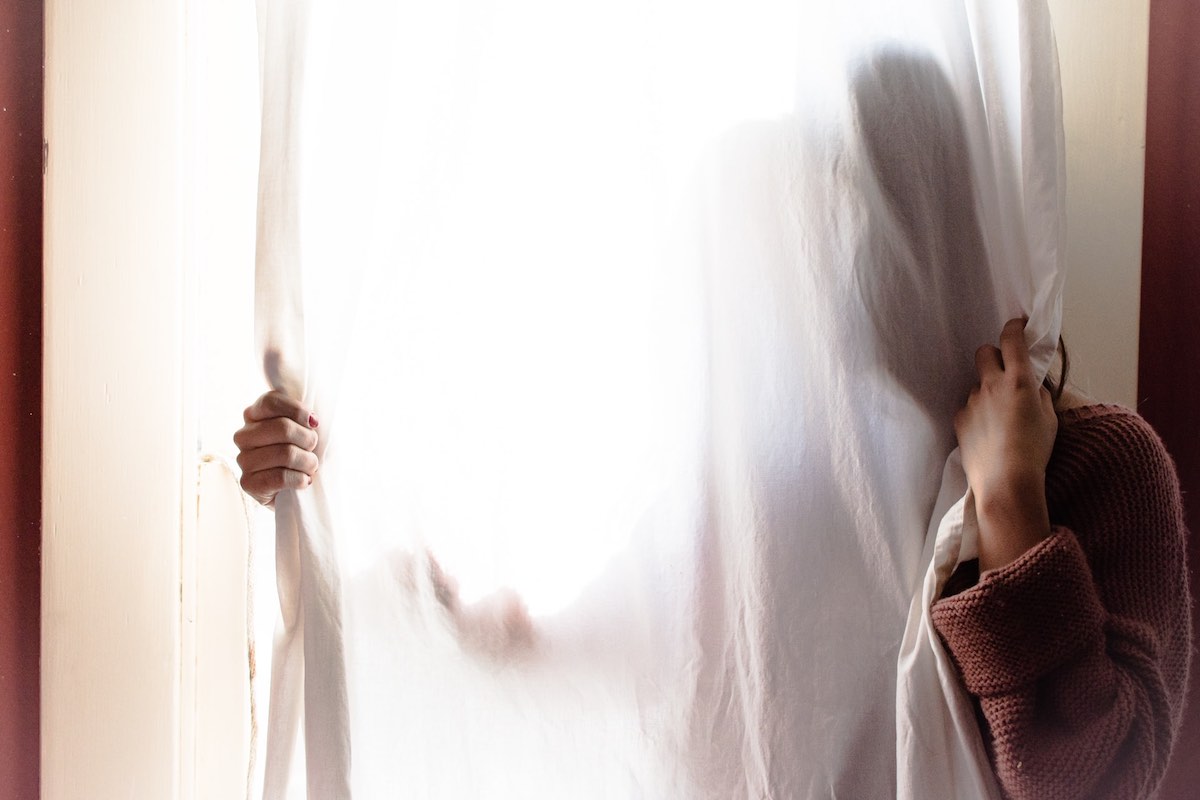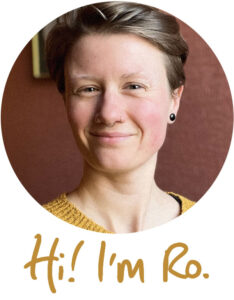How Can I Know When it’s Safe to be Vulnerable?

Being vulnerable with someone you care about, for most of us, feels a little uncomfortable. When we share what’s really on our minds and hearts, when we talk about our fears and resentments, when we ask for what we really want, we’re opening up to the possibility of being hurt, rejected, or laughed at.
For some people this can feel unsafe to the point where it becomes difficult to trust your own judgement at all. Is the discomfort you feel when you share your vulnerable parts a sign that you’re finally opening up and allowing deeper intimacy? Or is it a sign that your boundaries are being crossed and, well, it’s not safe to share so deeply with this person?
Here are some signs that it might be safe to explore being vulnerable.
1: You’re acting within your boundaries (and limits)
The first thing to get clear on is where your boundaries and limits are. Having fuzzy, unclear, or badly defined boundaries is a surefire way to introduce feelings of unsafety, because ultimately you are the person responsible for deciding what you will allow into your life, and for filtering out everything that you don’t want.
However, there’s a good chance that you’re already pretty good at all of this (and if you’re not, check out my Ultimate Guide to Setting Boundaries).
So the other key thing to know about boundaries is that they are contextual and flexible. They are not impermeable barriers – they can be moved and shifted. You can experiment with them, negotiate them. If you’re used to being very firm and clear with your boundaries then this might feel like an edgy place, but it’s important to bear in mind that being able to talk about your boundaries and have a little flexibility (within your own limits) is an important part of sharing vulnerability.
This can also create more safety, by knowing where your limits are and negotiating contextual boundaries within them.
2: You have a good support network
Being vulnerable is much safer to explore if the person you’re exploring with isn’t your only form of emotional support. Having a close friend or two, family members you can turn to, or a professional you speak with regularly is really important. Not only does this protect your relationship against codependency (because you’re not relying on the other person for all of your needs), but it also helps to give you more safety and security from which to explore more challenging places.
3: Your boundaries are received well by your partner
It’s a great sign if you are able to assert boundaries and limits without the other person becoming defensive or aggressive. This doesn’t mean that they may not be upset if your boundary means they don’t get something they want! But if they are willing to talk with you and they have the capacity to hear your needs without invalidating you then this shows that they can work with you to find solutions that work for you both.
4: You are able to share fears and receive reassurance
Notice whether you are able to share your fears and stories with them, and they make time to reassure you when you ask. It’s unlikely that anyone would ever be in a relationship that’s completely free from occasional fear, anxiety, or insecurity! How you deal with these feelings within the relationship is the most important thing. If your partner is willing to make space for your fears, listen to you, and assure you that the stories you’re telling yourself are not true, then they’re telling you that they can hold your vulnerability without taking it personally.
5: Your partner’s actions match their words
Do they say they want to help you to feel more secure (within their own boundaries), and take steps to help with this? Are they open to changing their behaviour or compromising on things to help you feel safer in the relationship? This is a tricky one, because it’s important that they are not stepping into a people-pleasing role. But if they actively want to find ways that they are happy to give you more support, this shows you that your safety is important to them.
6: They can clearly communicate and hold their own boundaries
Just as important as you knowing your own is them knowing theirs. If you can both do this well then this creates lots of safety in any relationship, because you can make requests of each other while trusting that neither of you will override your own boundaries. You can trust each other to say yes and no.
7: The things you’re most scared of don’t actually come true
Finally, it’s worth checking in: do the things you’re most scared of ever come true in your relationship? Perhaps you fear being taken advantage of, being forgotten about, being laughed at… Do these things ever happen? Is there any evidence they are happening?
Chances are you’ve had experiences of this happening in the past, but it’s important to differentiate the past from the present. It’s really common to project past experiences onto current situations, and before we know it we’re not really seeing our partner when we look at them – we’re seeing someone from five, ten, twenty years ago.
Which is pretty unfair on them!
So reflect every so often (and particularly when your fears get activated). Is there any real evidence that what you fear is happening right now? If you’re unsure, can you check with your partner by asking for a reality check? By asking for reassurance that your stories aren’t true? Yes, this may feel vulnerable to do – but this can be a great practice to give yourself a new experience in proving to yourself that your fears are unfounded in the present moment. It’s also a great opportunity to find out their response to your fear.
At some point in any relationship, you can make a choice to trust and connect or to hide and protect. Trusting and connecting can feel unbearably vulnerable for reasons that you may or may not be able to identify. It’s worth remembering that if there are plenty of green flags present, it could be a great opportunity to test your vulnerability in small ways and relearn how it can feel to allow deeper connection again.




1 Comment